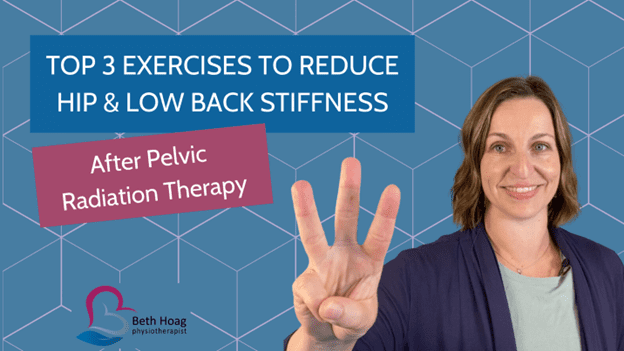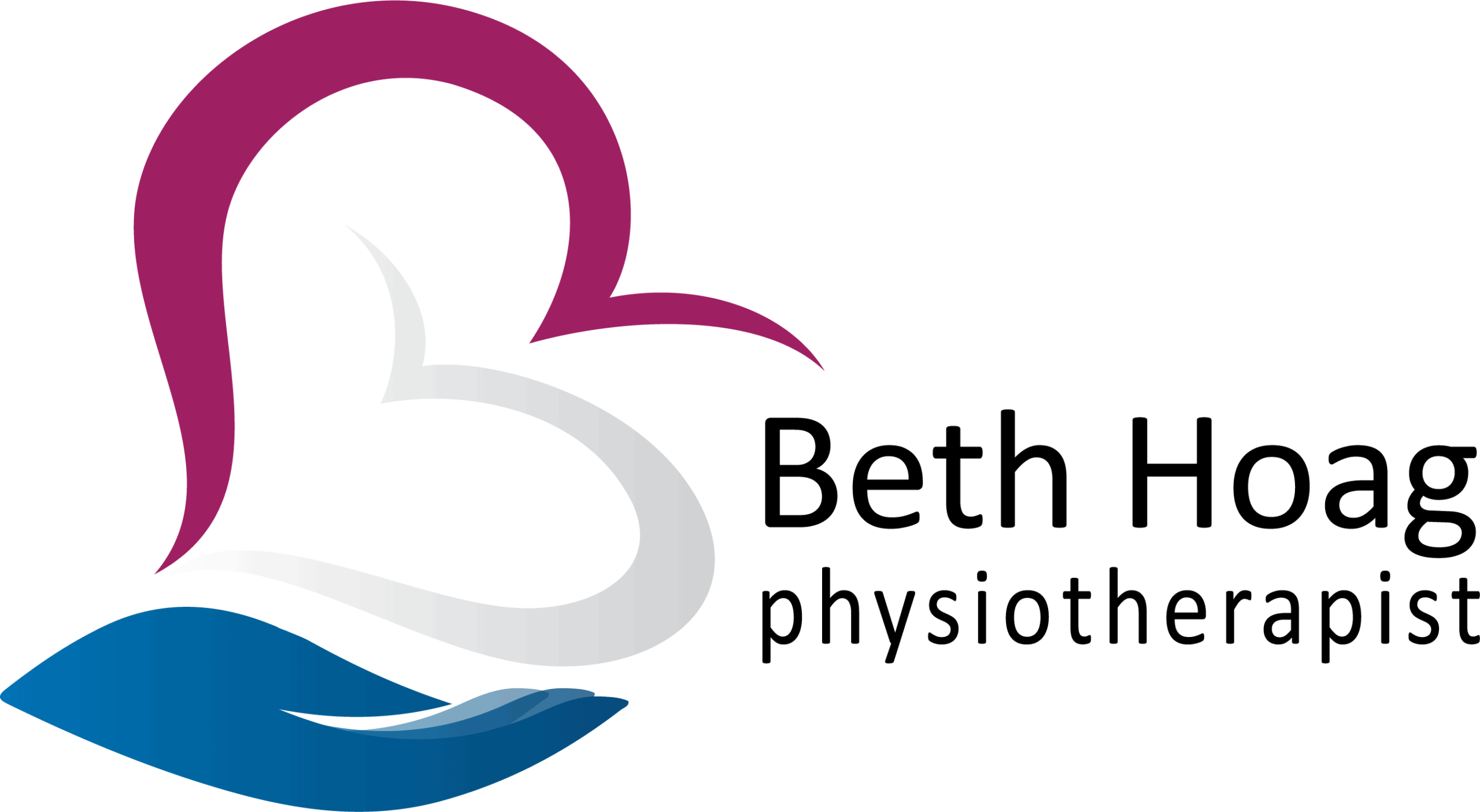The Myofascial System: What is it?
I often describe the myofascial system like the spider web of the human body. It is connective tissue that literally weaves around and through every part of our body (including our lymphatic system.) The myofascial system gives structure and support to our body, and when healthy, slides and glides to adapt as we move our bodies in space.
When injured, however, the myofascial system can become less “stretchy” and more restricted. Much like a snag in a sweater (i.e. the “site of injury”), myofascial restrictions can impact other areas of the body far away from the injured area (like the pull in your sweater that runs far away from the original “snag.”)
How can the Myofascial System be Compromised?
Even though the myofascial system is part of our physical body, it is intimately linked with our nervous system (though memories and emotions). As a result, the myofascial system can be compromised in a variety of ways:
- Physical injury
- Emotional trauma
- Scarring (e.g. from cancer surgery or radiation therapy)
- Poor posture
- Repetitive strain
- Chronic inflammation
How can the Myofascial System Impact the Lymphatic System?
Remember I mentioned earlier that the myofascial system wraps around and through all parts of our body; this includes the lymphatic system. Now imagine that your lymphatic vessels are a garden hose. As you move about your day, your garden hose needs to be open for lymphatic fluid to flow freely. However, if we were to step on the garden hose, the lymphatic fluid would have a much harder time moving through that area of your body.
Restricted fascia is like stepping on your (lymphatic) garden hose. You can do the best lymphatic massage in the world, but if you’re not addressing your myofascial restrictions, you’re missing a HUGE piece of the puzzle.
5 Ways to Improve your Myofascial Health (and thus your Lymphatic Health!)
The great news, is that YOU can improve your Myofascial Health; all you need is some awareness of where your “restricted spots” are and how you can begin moving to improving things.
Here are 5 things you can be doing today to manage your lymphedema (or potentially reduce your lymphedema risk) through improving your myofascial health:
- Move More and Sit Less
Purposeful exercise is an ABSOLUTE MUST to improving myofascial health. There is no “perfect” way to exercise, but the important thing is that it’s something you will do regularly (3-5x/week) and that you enjoy. If possible, it’s also important to move in a way that uses your whole body. For example, if your cancer treatment impacted the flexibility of your shoulder and chest, you’ll want to make sure you’re incorporating regular exercise that moves your shoulder in a variety of ways. Consider exercise classes, or swimming, or maybe add walking poles so you can move your arms more when walking.
- Regular Stretching
Cancer treatments can wreak havoc on the myofascial system. Surgical scarring and radiation treatments can cause significant restrictions to the tissues. We can’t fully control and undo these changes, but regular stretching to “key areas” of tightness are extremely important for managing this.
- Manage your Stress (Move your Mind)
We all hold stress in our bodies (i.e. myofascial system), which can have a negative impact on lymphatic health. In other words, the more stressed we are, the more restrictive our myofascial system, and more “sluggish” our lymphatic system becomes. Finding ways to manage your stress on a regular basis is crucial. Consider meditation practices, deep breathing, and other self-care strategies to help you cope with the stressful days.
- Be Aware of your Posture
Without awareness, we cannot change anything. I don’t want you to be obsessed with your posture (because no one is perfect), but I do want you to be aware. Many of us slouch at our computers or are hunched over our cell phones. Doing this for hours on end can wreak havoc on our myofascial system, causing restrictions and pain. Consider setting an alarm on your device so that you “check in” to your body every hour; this is the first step to noticing what you’re actually doing during your day so that you can start to make small changes.
- Slow Down
When we rush, our nervous system is on high alert and we tend to hold a lot of tension in our bodies. If we do this often enough, this can lead to myofascial restrictions. Finding ways to slow down, even just a little, can be really helpful for our bodies (including our lymphatic system.) Consider leaving for that appointment 10 minutes earlier than usual or scheduling some appointments farther apart so you’re not rushing all day. This form of pacing your days can have a huge impact on your myofascial system and your lymphatic health.
You’re Worth the Investment
I know the above tips may sound simple, but I appreciate that they’re not easy. Changing habits takes effort and time… but there’s no shortcut here… movement matters… full stop.
So why not considering working WITH your body to improve your myofascial mobility. It will help your lymphedema and make the rest of your treatment/management strategies even more effective. Consider regular movement as the foundation of your lymphedema management plan.
Until next time, be well.
Want to learn more about how to manage your lymphedema through movement?
Resources:
- Centre for Disease Control and Prevention. Leading Causes of Death – Males – All races and origins – United States, 2017. Health Equity. Accessed Jan 28, 2022. https://www.cdc.gov/healthequity/lcod/men/2017/all-races-origins/index.htm
- Statistics Canada. (2022, January 24). Age-standardized mortality rate by leading cause of death and sex. Accessed Jan 28, 2022. https://www150.statcan.gc.ca/t1/tbl1/en/tv.action?pid=1310080002
- Heart & Stroke Foundation of Canada. Risk & Prevention. Heart Disease. https://www.heartandstroke.ca/heart-disease/risk-and-prevention Accessed on January 28, 2022.
- American Society of Clinical Oncology Cancer.Net. (2018, October). Heart Problems. Accessed Jan 28, 2022. https://www.cancer.net/coping-with-cancer/physical-emotional-and-social-effects-cancer/managing-physical-side-effects/heart-problems
- Canadian Cancer Society. Heart Problems. Accessed Jan 28, 2022. https://cancer.ca/en/treatments/side-effects/heart-problems
- D’Souza, M., Nielsen, D., Svane, I. M., Iversen, K., Rasmussen, P. V., Madelaire, C., Fosbøl, E., Køber, L., Gustafsson, F., Andersson, C., Gislason, G., Torp-Pedersen, C., & Schou, M. (2021). The risk of cardiac events in patients receiving immune checkpoint inhibitors: a nationwide Danish study. European heart journal, 42(16), 1621–1631. https://doi.org/10.1093/eurheartj/ehaa884
- Totzeck, M., Lutgens, E., & Neilan, T. G. (2021). Are we underestimating the potential for cardiotoxicity related to immune checkpoint inhibitors?. European heart journal, 42(16), 1632–1635. https://doi.org/10.1093/eurheartj/ehaa959
- Orphanos, G. S., Ioannidis, G. N., & Ardavanis, A. G. (2009). Cardiotoxicity induced by tyrosine kinase inhibitors. Acta oncologica (Stockholm, Sweden), 48(7), 964–970. https://doi.org/10.1080/02841860903229124
- Children’s Oncology Group. Heart Problems. Accessed on January 28, 2022. https://www.childrensoncologygroup.org/organs/heartproblems
Disclaimer – These blogs are for general information purposes only. Medical information changes daily, so information contained within these blogs may become outdated over time. In addition, please be aware that the information contained in these blogs is not intended as a substitute for medical advice or treatment and you should always consult a licensed health care professional for advice specific to your treatment or condition. Any reliance you place on this information is therefore strictly at your own risk.





